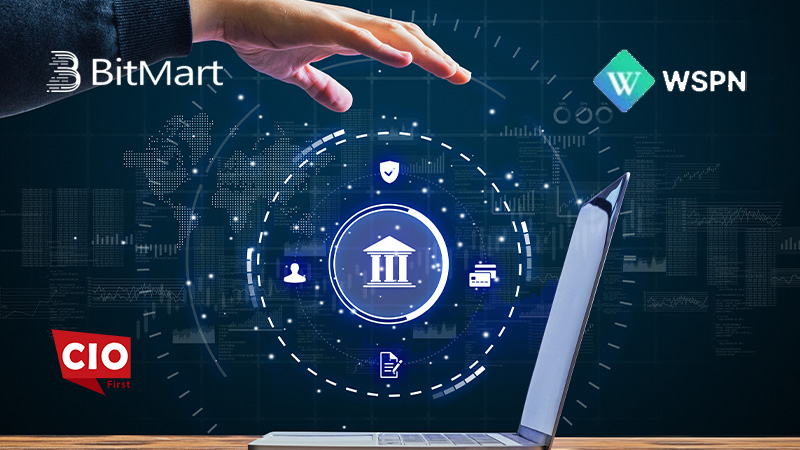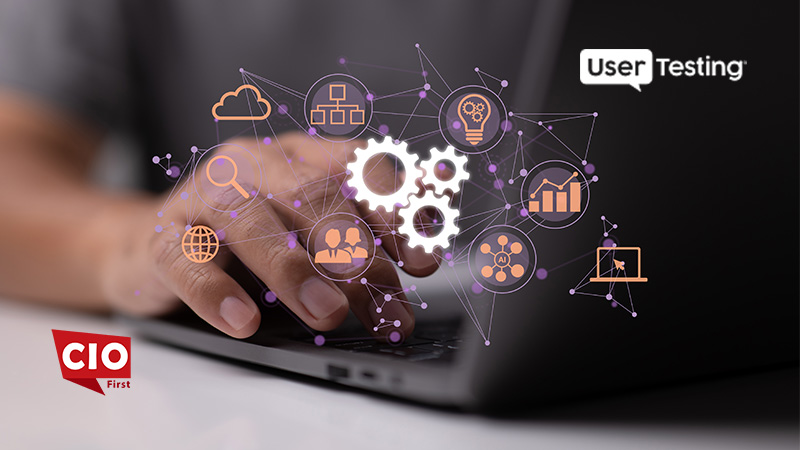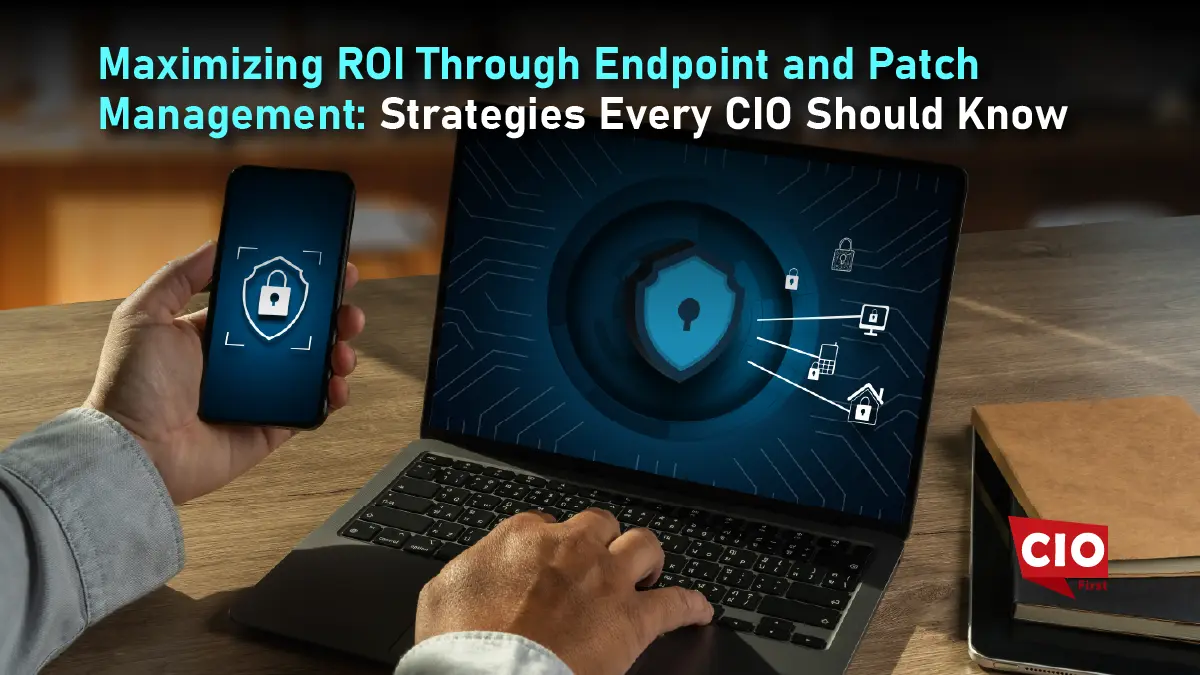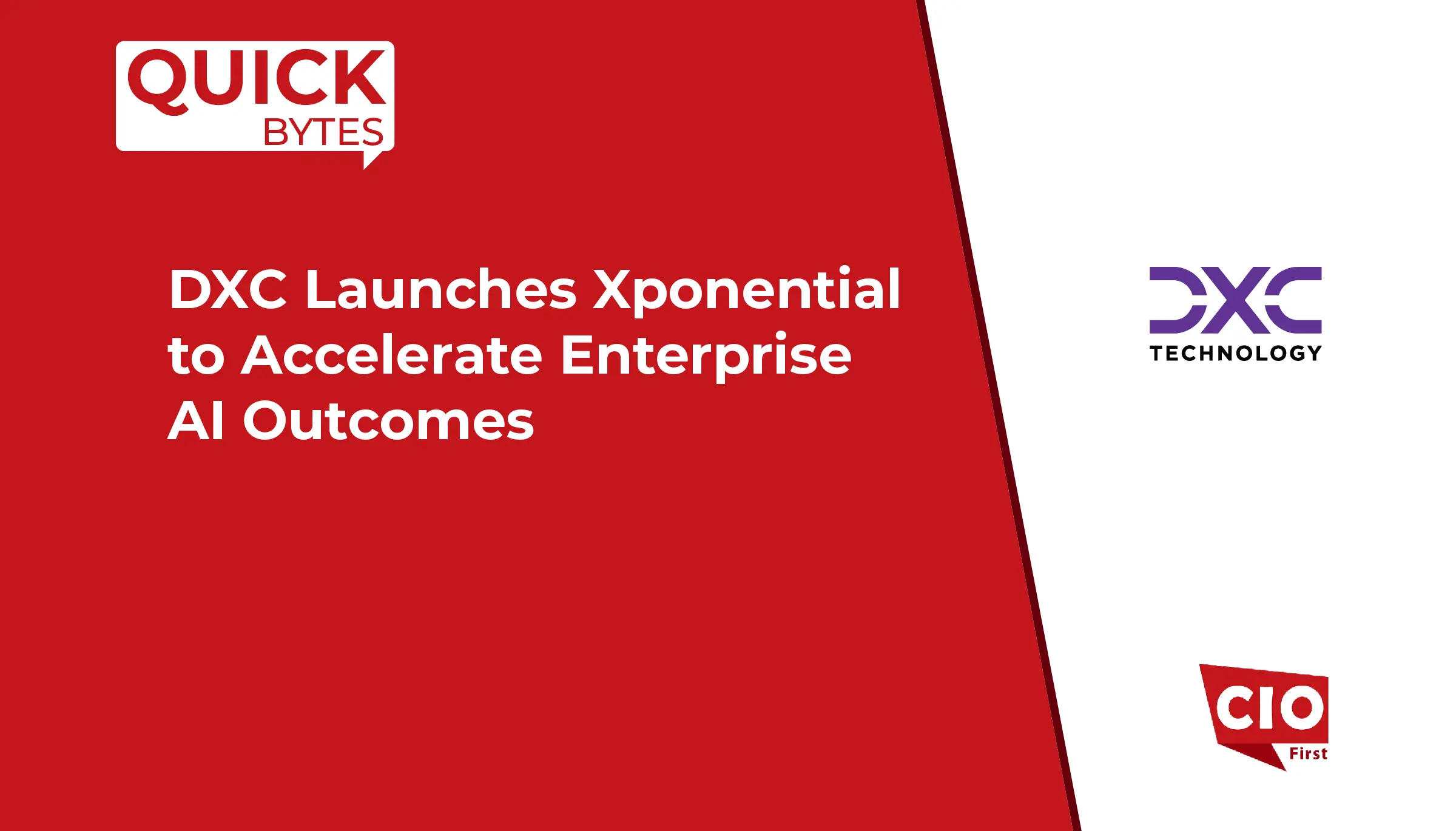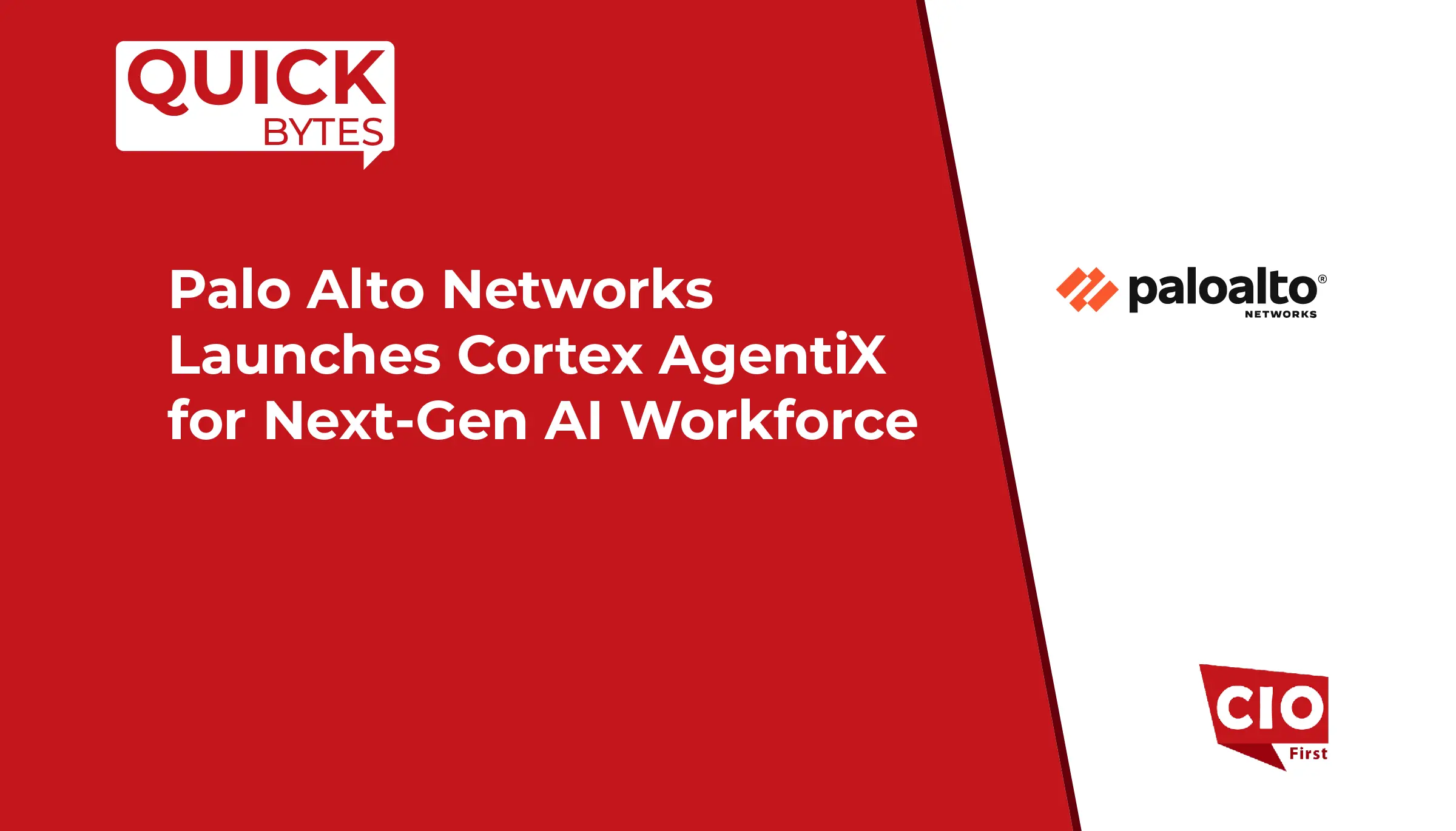Lumen Technologies and Commvault are teaming up. They will merge Lumen’s secure global network with Commvault’s cyber resilience platform. This partnership helps businesses protect key information. It also reduces risks and speeds up recovery in complex digital environments.
What the Partnership Brings
This collaboration marries Lumen’s global network infrastructure and edge cloud ecosystem with Commvault’s data-protection platform and cyber-resilience services. Together, they aim to give enterprises:
High-speed, encrypted data transport across hybrid IT environments.
A proven blueprint (the LVD) that enterprises can adopt, tested under real-world conditions.
Capabilities such as air-gapped storage, anomaly detection, zero-trust access, and centralized policy management.
Lumen consolidated 90% of its old backup platforms. This led to annual savings of US $3.5 million.
Lumen’s Chief Revenue Officer Ashley Haynes-Gaspar commented, “With this partnership, we’re demonstrating the strength of a truly connected ecosystem delivering what enterprises need most: confidence, performance, measurable cost savings, and the readiness to tackle today’s and tomorrow’s cyber threats.” Meanwhile, Commvault’s CTO Pranay Alhawat noted the explosion of data, ransomware attacks and regulatory complexity have dramatically increased risk, saying the partnership can help “scale recoveries, advance true multi-cloud resiliency and remain in a state of continuous business.”
Implications for the Cybersecurity Industry
This partnership highlights several key trends in the cybersecurity landscape:
1. Network infrastructure providers and data protection – The vendors usually operate independently. The partnership between Lumen and Commvault shows the need for secure connections and resilience. This is especially true for organizations working in cloud, edge, and hybrid environments.
2. Blueprint-Driven Deployment as a Competitive Edge – The “Validated Design” proves that companies prefer tested, repeatable architectures over custom solutions. This change lowers deployment risks and speeds up value delivery. It also makes cyber resilience part of the process, not an afterthought.
Also Read: IBM Acquires Txture to Accelerate Hybrid Cloud Migration
3. Focus on data resilience in the age of ransomware – Ransomware remains a dominant threat. The partnership focuses on air-gapped storage, anomaly detection, and quick recovery. This matches the industry’s need to handle and bounce back from attacks.
4. Hybrid and multi-cloud resilience as the new standard – As businesses use public cloud, private cloud, and edge infrastructure, protection strategies must cover all these areas. The Lumen-Commvault architecture tackles this complexity. It helps businesses handle backup and recovery across various platforms. It also ensures zero-trust access.
Effects for Businesses Operating in This Space
For businesses and service providers in cybersecurity, data management, cloud services, or infrastructure, the Lumen/Commvault partnership has key operational and strategic effects:
Operational Benefits
Faster deployment and standardization: A validated design helps organizations use best-practice architectures faster. This cuts setup time and lowers integration risks.
Lower costs and complexity: Unified solutions combine network, security, and data protection. This reduces ownership costs and simplifies vendor management. Lumen’s own outcome-US $3.5 million in annual savings-underscores the potential.
Improved resilience and business continuity: Secure transport, edge infrastructure, and backup plans help businesses stay operational during cyber incidents or system failures.
Strategic Impacts
Competitive Advantage Through Resilience: Organizations with strong cyber resilience recover quickly and gain an edge. This is key in regulated areas like finance, healthcare, and manufacturing. Downtime and data loss can be very risky here.
Vendor and partner ecosystems are changing. Service providers, MSPs, and tech vendors must collaborate. They must fit into complete systems. These systems blend networking, edge, data protection, and automation. Providing point solutions alone may no longer suffice.
Focus on data as an asset: The partnership shows that data is not just for protection—it’s a key resource. Understanding how data flows through networks, storage, and clouds helps businesses build better operations.
Switch to outcome-based service models: As things get more complex, clients want partners who deliver real results. They will focus on resilience outcomes. This includes time-to-recovery, system uptime, and ransomware readiness. It’s not just about hardware or software.
Considerations & Challenges
Integration and Change Management: Even with approved designs, organizations face challenges. They need to manage old systems, scattered data, and cultural shifts to adopt the solution effectively.
Scaling globally: Companies with international operations need to follow local laws, data-residency rules, and regional network limits.
Staying agile while standardizing is key. Blueprints offer stability, but businesses should avoid becoming rigid. They need flexible security and recovery plans. This helps them adapt to changing threats and new technologies.
Conclusion
For organizations seeking to strengthen their cyber posture, the key takeaways from this partnership include:
Use a unified approach that connects networking, edge cloud, and data protection. Don’t treat them as separate areas.
Embrace validated, repeatable architectures to speed up deployment and reduce risk.
Prioritize data-resilience as a strategic mission, not just an IT checkbox—invest in anomaly detection, air-gapped backups and zero-trust access.
Partner with service providers or ecosystems that focus on outcome-driven models. Look for measurable uptime, “time to recover,” and breach impact reduction. Avoid standalone technologies.
The cybersecurity industry is changing fast. The connection between network infrastructure and data-protection platforms is becoming more important. Early adopters of integrated architectures will handle cyber risks better. They’ll also ensure business continuity and safeguard their data’s value.

